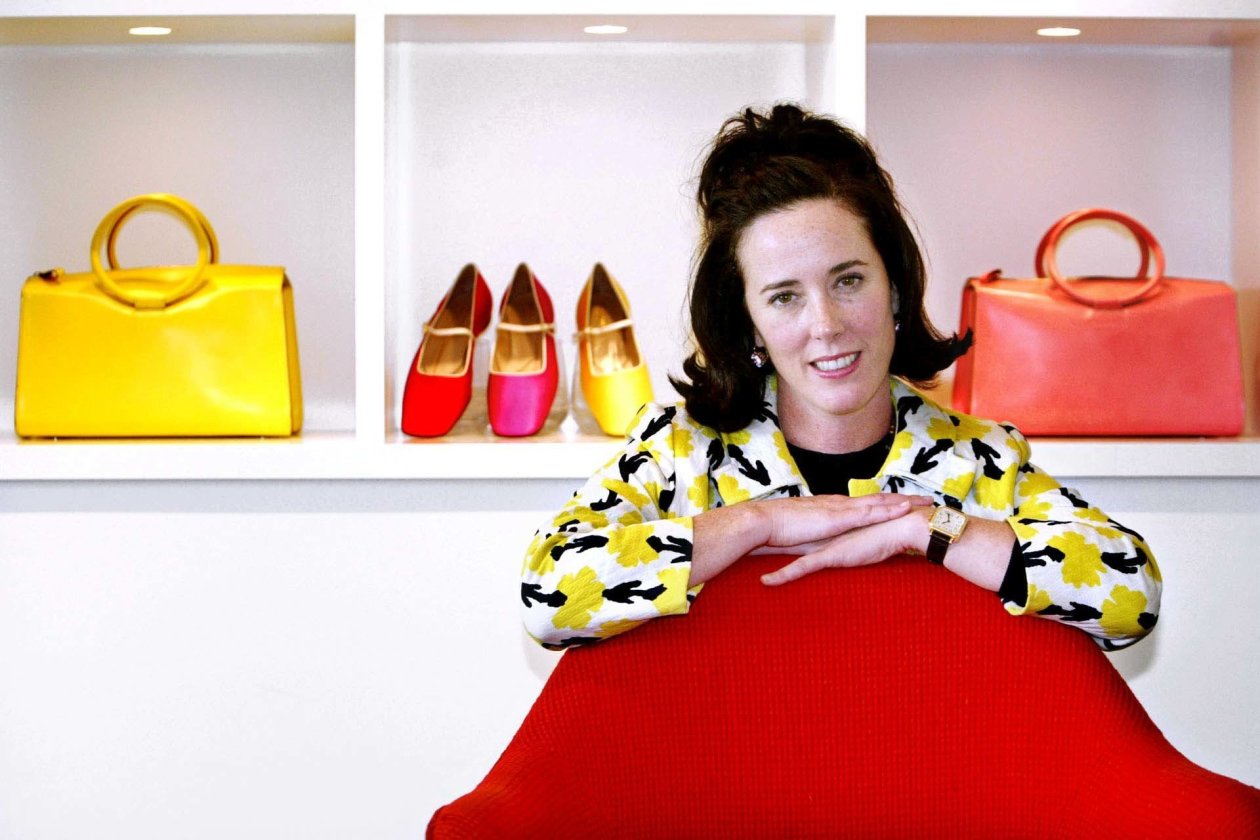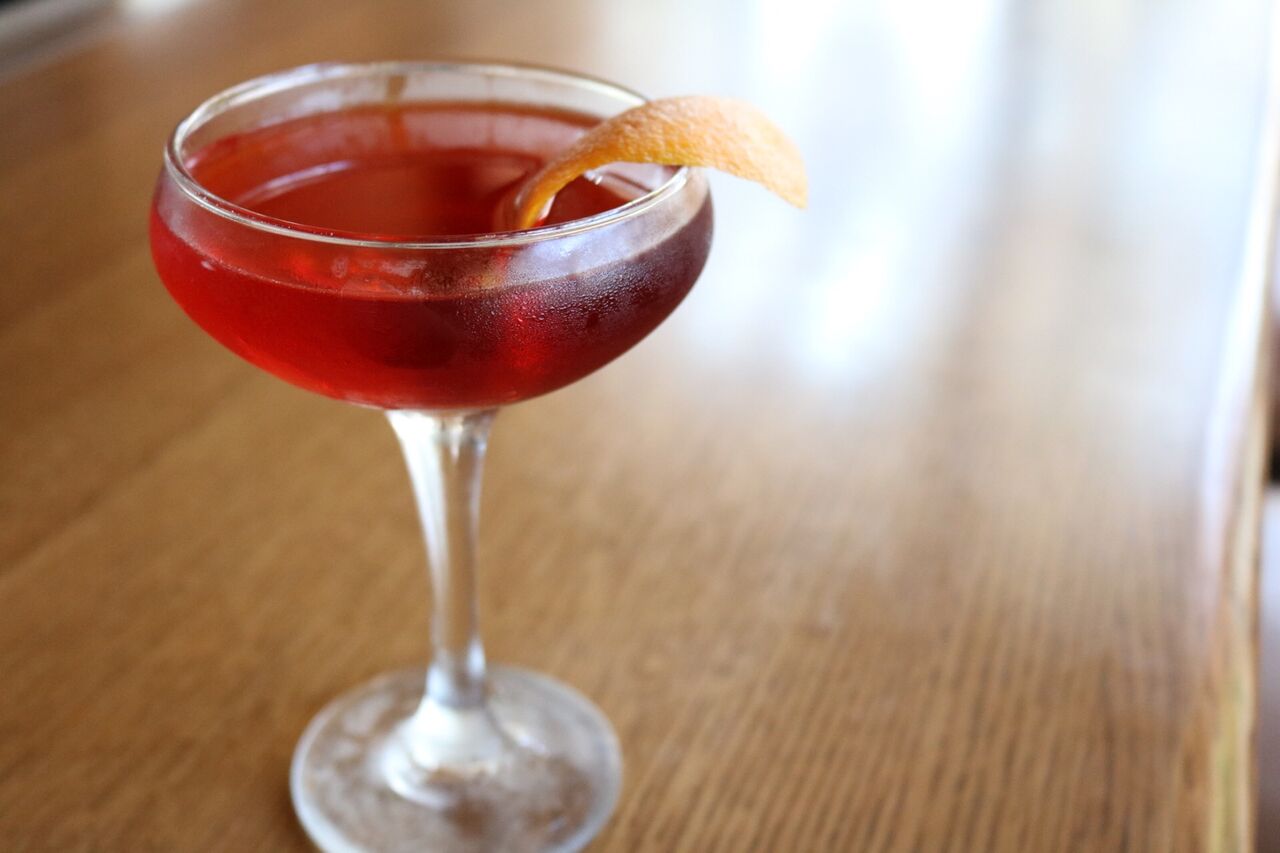
Exactly how is everyone living a luxurious lifestyle “as seen on” Instagram? Katy Perry said it best when she said, “Shout out to all the kids buying bottle service with their rent money.” The idea that only the super-wealthy have access to luxury living is an archaic life model because of this new lifestyle shift we’re seeing just as Katy Perry depicted in that song lyric. In the age of Instagratification, luxe and high-end products and experiences have been made more affordable than ever because image will always be worth the hot-ticket prices– so much that people are willing to buy bottle service with their rent money “for the gram”. That’s slang for “to show off and look cool on Instagram (where the attention is right now).” This research is not based on wealth but on how accessible luxury has become, brought to us by the people who were innovative enough to redefine luxury in much more relatable way. Below are the results of that research we’ve conducted on the six ways we’re culturally seeing a shift in the luxury industry, why we’re calling it relatable luxury, and how we’re leading this new ethos.
1. Payment Plans And Group Purchases

General admission passes are more than a month’s rent for average annual salary earners yet everytime music festival season arrives, consumers have thousands of dollars to spend. And, that’s not counting those who opt for VIP and VIP++ featuring camping options with full-course meals on the fields, and if you can believe it, there are even more extravagant experiences to purchase outside of the actual pass. By the way, this is just one music festival we’re talking about. These consumers on average attend two festivals in the same year with very little gaps in between the first one. Some of them even attend three. Rolling out payment plans for the contemporary luxury aficionado is their preferred payment feature for two prime reasons 1) convenience and 2) peace of mind in that they can still afford to submit payments for their monthly bills. The festival(s), at an astronomical price tag of $2-4k plus, is their reward. Even suites, villas, and islands are based on the same shareable principle.
2. Personal Drivers

The rise of the technology company Uber gave everyone a private driver. There slogan was literally: “Everyone’s private driver.” Private drivers are not a new model, however, because taxis and limo services existed way before Uber. What sets Uber apart aside from its affordable prices and technology is time. As someone who previously worked for the technology company, I can tell you that convenience continues to be the hot commodity for a generation that’s low on patience and high on instantanity. Private drivers are now a common luxury for many because Uber fulfills convenience. Even CEOs and other c-executives use Uber, so price isn’t necessarily a factor. Even people who can only afford a bus are now opting for Uber’s UberPOOL.
3. Private Jets

Uber has contributed to relatable and accessible luxury. This consciousness has consumers yearning for easier air travel but let’s not give them all the credit. The old joke has always been the wishful thinking of owning a jet to avoid the annoying customs at the airports and to fly anywhere at anytime. JetSmarter has developed the software to meet that need by pairing people with idle jets on the runways through their technology service. Sound familiar? One standout difference between JetSmarter and Uber is JetSmarter’s one time fee and annual membership fee which are both in the four figure rang.
4. Personal Chef

Food services like HelloFresh and Blue Apron are taking off because even those who have burned water (me) and people who lead busy lives can create restaurant-like dishes from the comfort of their homes. These food services are better than grocery shopping because they send you exact measurements and ingredients per meal so you’re never 1) having to throw out produce you thought you’d eat, 2) you’re saving money, 3) you’re eating cleaner, and 4) your helping small business owners and consuming humanely cared for animal produce. While you still have to cook your own food grocery shopping, recipe research, prep time, and the overall guess work is completely taken care of.
5. Communal Dining

In the age of shareables,the most expensive high-profiled restaurants serving the finest and imported ingredients from around the world completely accessible when people are eating family style these days. This isn’t something new but it has become popular in the West in recent years. Champagne was even once regarded a luxury only amongst royalty consumption. Today, many find themselves at a bottomless mimosa Sunday ritual known as brunching even, if they’re annual income is below $50k. Chef Jose Andres was one of the first to introduce this shareable concept to America in a mainstream way when he introduced tapas.
6. Creative Living

A lot of people find themselves single and renting just not any old apartment or house. People are occupying luxury homes, apartments, and luxury studios by buying expensive houses or leasing luxury apartments and renting out the rooms to roommates or renting out their entire home on Airbnb.



